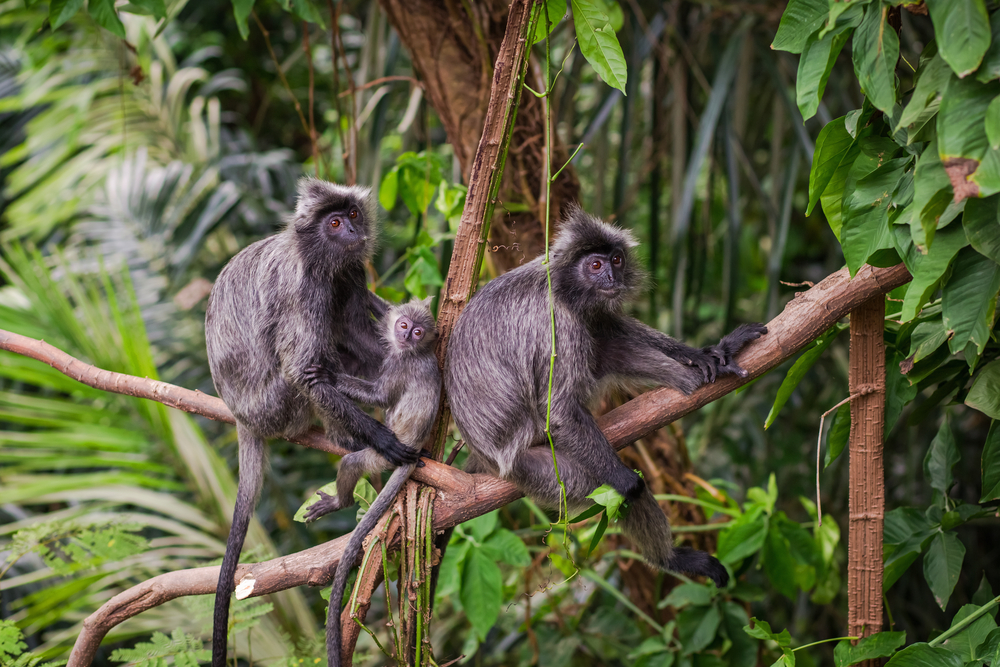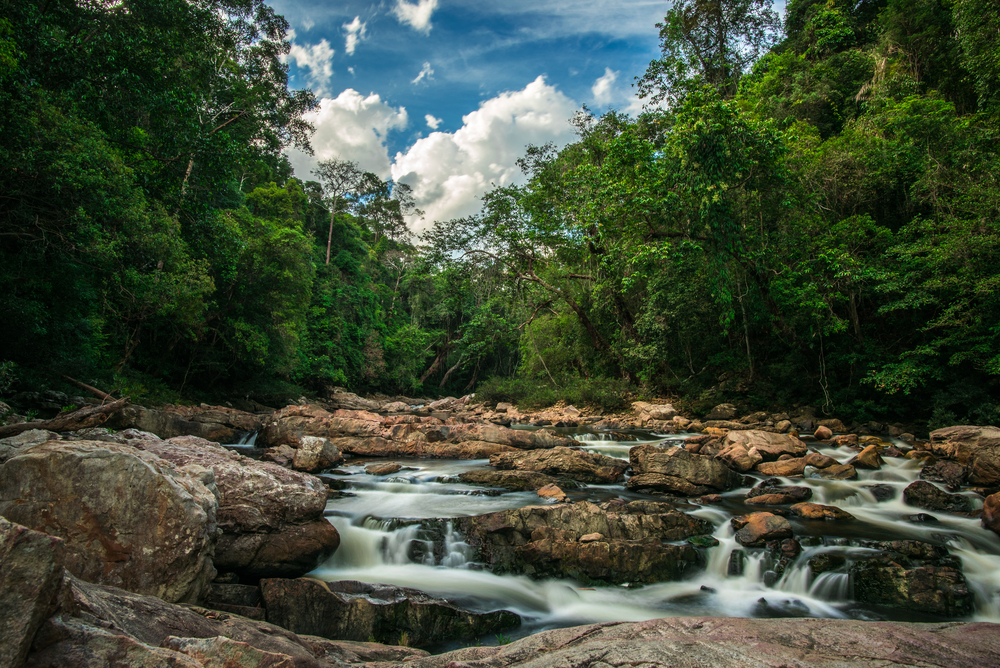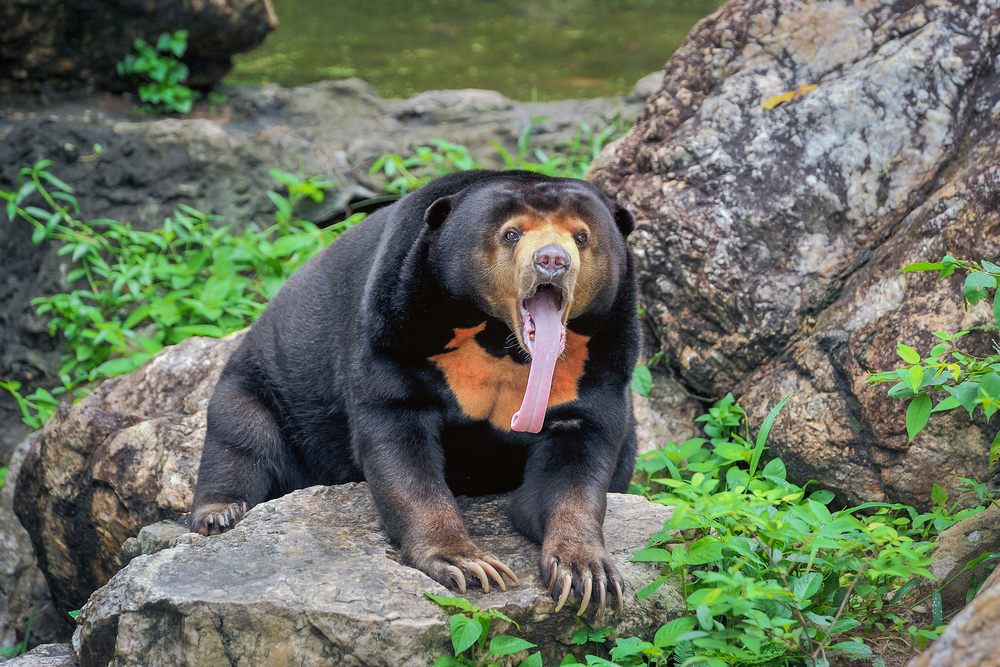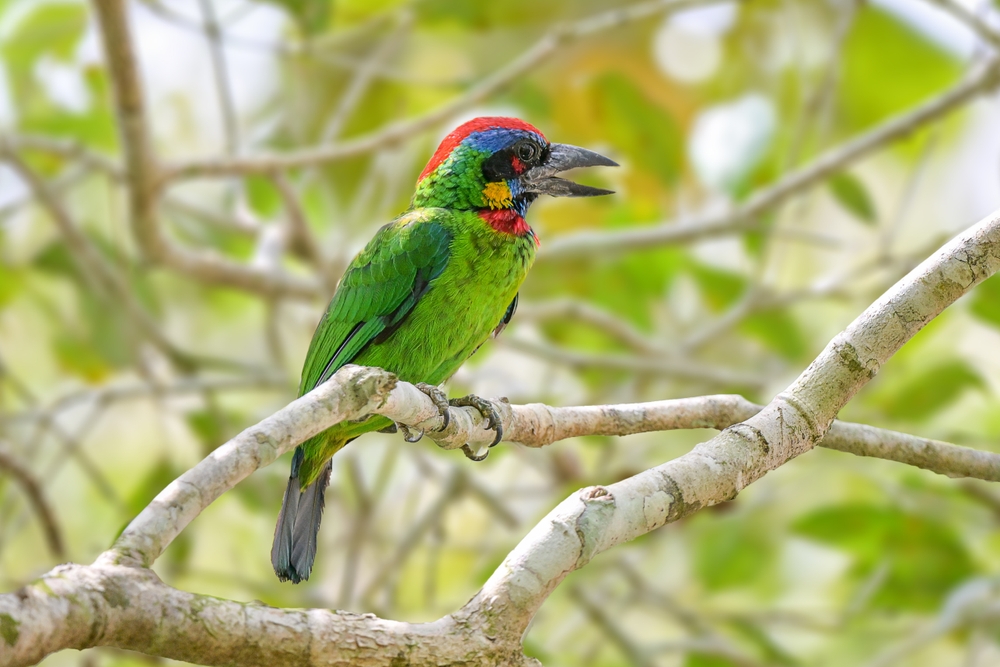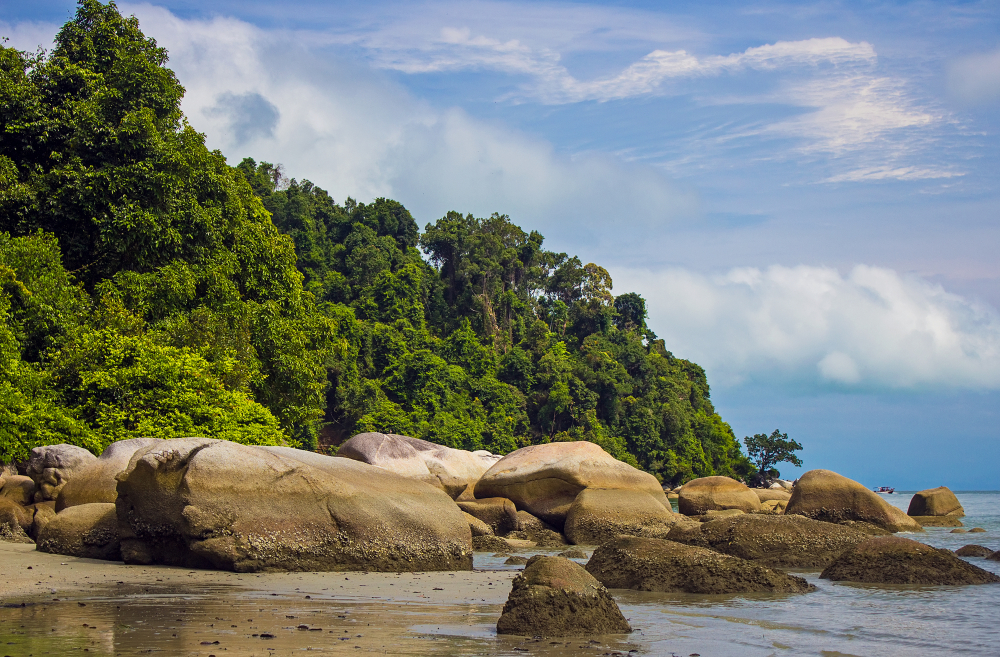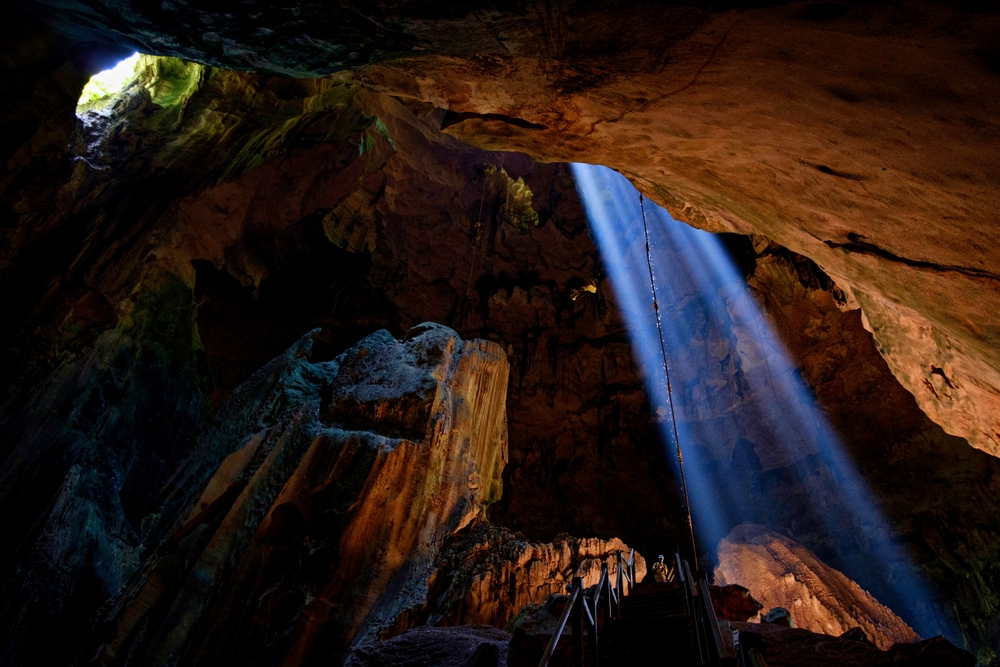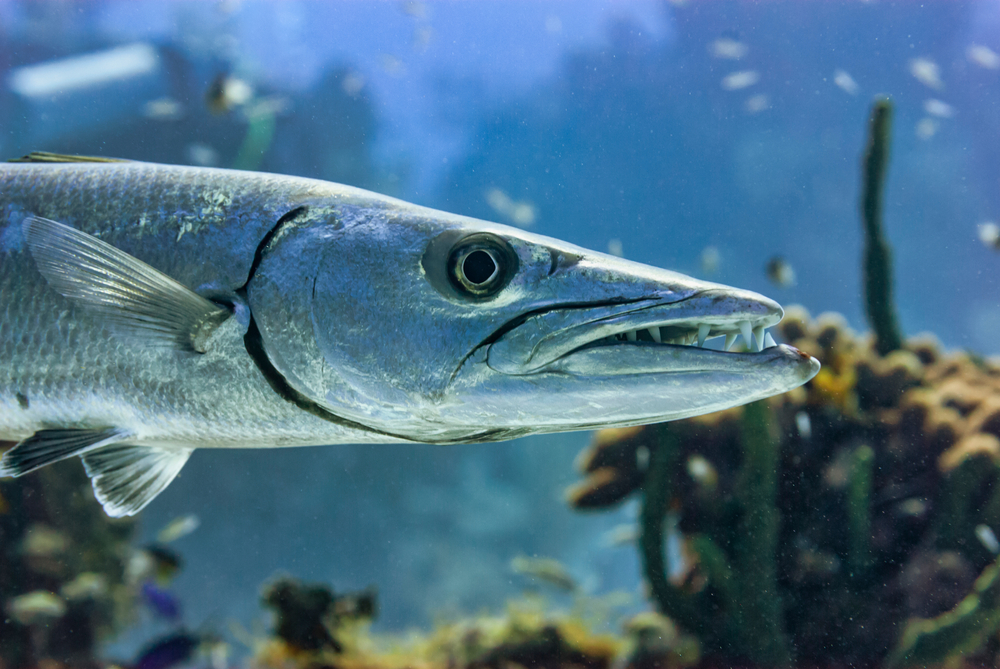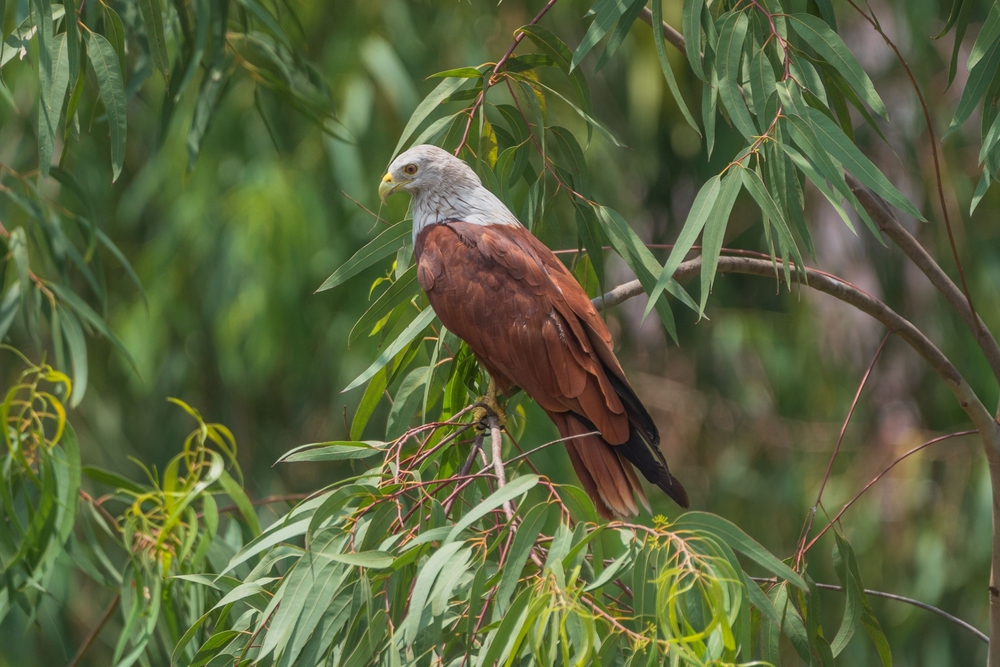Rajang Mangroves Overview
Rajang Mangroves National Park, located in the Malaysian state of Sarawak on the island of Borneo, is a sprawling haven of biodiversity and ecological significance. Covering approximately 185 square miles (480 square kilometers), this park is nestled along the Rajang River delta, where freshwater meets the South China Sea.
Known as “Taman Negara Bakau Rajang” in the local Malay language, it is a vital natural sanctuary for mangrove forests, wetland ecosystems, and the myriad of life they sustain. The region’s unique interplay of saltwater and freshwater creates an environment unlike any other, where landscapes continuously evolve with the rhythm of tides.
The park’s terrain is characterized by an intricate network of mangrove forests, mudflats, and tidal creeks that stretch across its low-lying expanse. Towering mangrove trees, particularly species like Rhizophora and Bruguiera, dominate the park, their iconic aerial roots creating a labyrinthine environment. In addition to the mangroves, the park features patches of freshwater swamp forest, providing further diversity in vegetation.
This interwoven landscape supports vital ecological functions such as water filtration, erosion prevention, and serving as nurseries for marine species. Amid these natural marvels, the park is also home to tranquil waterways that reflect the sky like glass, often interrupted only by the calls of wildlife.
Rajang Mangroves National Park is a paradise for wildlife enthusiasts. Among its most notable residents are the endangered proboscis monkeys, whose distinctively large noses and potbellies make them an icon of Borneo. The mangroves also shelter other primates such as silvered leaf monkeys and long-tailed macaques. Visitors can spot saltwater crocodiles sunning themselves on the mudflats or gliding stealthily in the water.
Bird enthusiasts are drawn to the park’s rich avian diversity, including species like the majestic white-bellied sea eagle, the blue-eared kingfisher, and the migratory black-capped kingfisher. The mangroves are also teeming with crabs, mudskippers, and shellfish, all playing crucial roles in the ecosystem’s food web.
Popular features of the park include its serene boat tours, which allow visitors to explore its extensive waterways and observe wildlife in their natural habitat. Sunset cruises are particularly sought after, offering spectacular views of the golden hues of dusk reflected in the mangrove waters.
Guided treks and boardwalk trails provide opportunities to delve deeper into the mangrove forests, while eco-educational programs highlight the significance of these ecosystems. Birdwatching and photography are also favorite activities among visitors.
The park faces conservation challenges, primarily from deforestation, illegal logging, and aquaculture expansion. These activities threaten the delicate balance of the mangrove ecosystem, putting wildlife and surrounding communities at risk. However, significant conservation successes have been achieved, such as reforestation programs and the establishment of protected zones within the park. The park’s management has collaborated with local communities and international organizations to raise awareness and implement sustainable practices, ensuring that this critical ecosystem continues to thrive for future generations.








































































